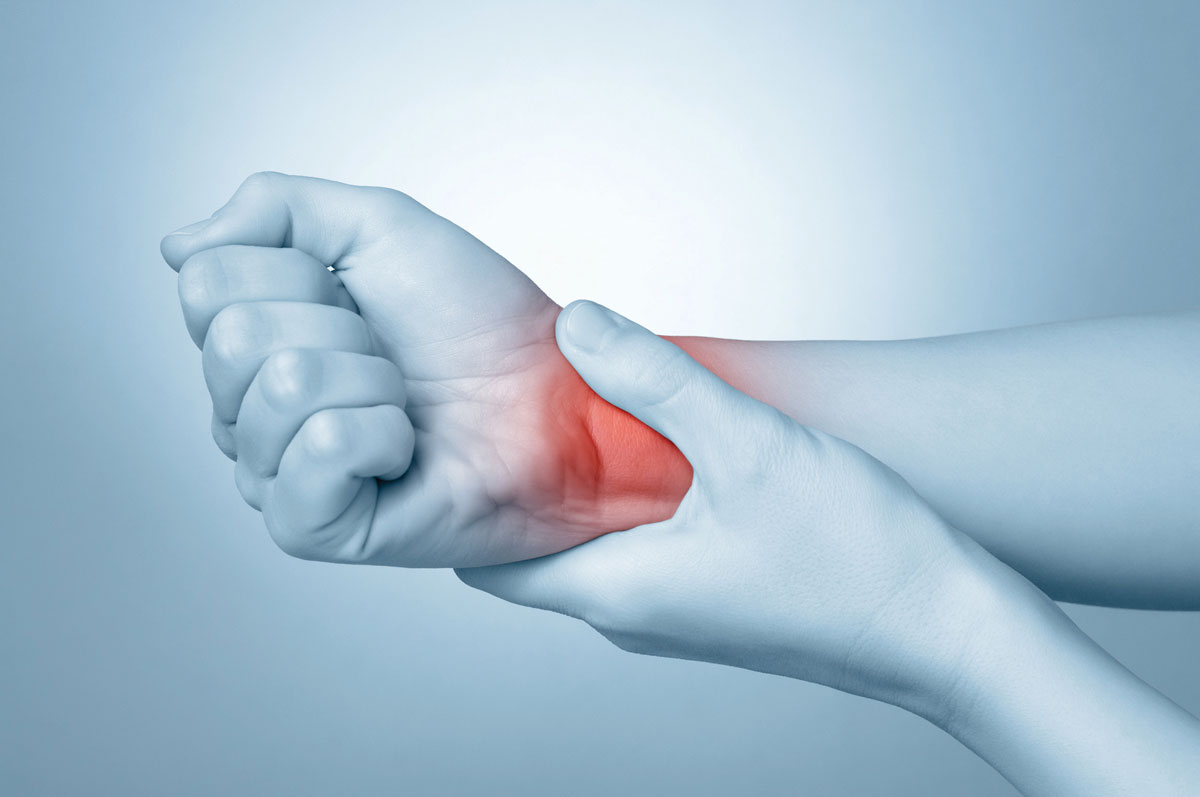Complex regional pain syndrome is a bit of a mythical creature; often talked about, but not clearly understood. So let’s demystify.

A patient comes to see you who is in considerable distress with their persistent pain. Perhaps the pain started after an appropriately treated wrist or ankle injury. Some months later, the patient describes ongoing pain out of proportion to the objective suggestions of adequate healing. What do you do?
Despite what the name suggests, not all ‘complex’ pain in a region of the body is a Complex Regional Pain Syndrome (CRPS). While its pathophysiology is not well understood, its old term ‘Reflex Sympathetic Dystrophy’ alludes to its common findings associated with cutaneous sympathetic dysregulation.
CRPS generally occurs in body extremities (most commonly upper limb, such as hand/wrist) and follows an injury. This can include verifiable neural injury (such as in CRPS 2/causalgia), but do not in the majority of cases. Pain is almost certainly out of proportion to the original injury, and persists well after normal healing has occurred.
A good tool to aid practitioners is the Budapest diagnostic criteria for CRPS, which summarises the common complaints and presentation associated with this condition including the four categories of symptoms/signs:
- Sensory abnormalities: allodynia and/or hyperalgesia. While not specified in the criteria, patients often describe other neuropathic characteristics such as electric shock, burning, paraesthesia and hypoalgesia. These generally do not follow a discernable dermatome distribution.
- Vasomotor abnormalities: presumed vascular dysregulation often results in a noticeable colour asymmetry, which can be red ‘hot’ or blue ‘cold’. This is associated with temperature asymmetry, which can be assessed accurately with an infrared thermometer.
- Sudomotor changes present as changes to sweating (hyperhidrosis and anhidrosis). Significant oedema and swelling are also seen frequently.
- Motor changes of reduced range of motion (associated with pain) in affected areas, weakness, tremor, and/or dystonia. A common description of such is the ‘claw hand’ presentation of hand/wrist CRPS. Trophic changes of increased/reduced hair growth, skin appearance (often thin and shiny), and nail appearance.
A clinical diagnosis of CRPS can be made if a patient has at least one symptom in three of the four categories, and examination reveals at least one sign in two categories, while having continuing pain disproportionate to any inciting event.
Suspicion of CRPS is one of the few indications for an urgent pain specialist review. Patients will be prioritised and receive expedited appointments, in both private and public sectors. If in doubt contact a pain specialist colleague for advice.
Key messages
- CPRS pain is typically in an extremity
- The pain sounds neuropathic and impairs movement
- Temperature skin and hair changes plus extreme tenderness may be present
References available on request.
Questions? Contact the editor.
Author competing interests: nil
Disclaimer: Please note, this website is not a substitute for independent professional advice. Nothing contained in this website is intended to be used as medical advice and it is not intended to be used to diagnose, treat, cure or prevent any disease, nor should it be used for therapeutic purposes or as a substitute for your own health professional’s advice. Opinions expressed at this website do not necessarily reflect those of Medical Forum magazine. Medical Forum makes no warranties about any of the content of this website, nor any representations or undertakings about any content of any other website referred to, or accessible, through this website.


